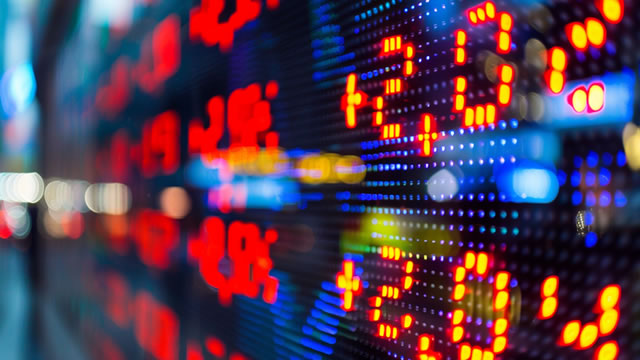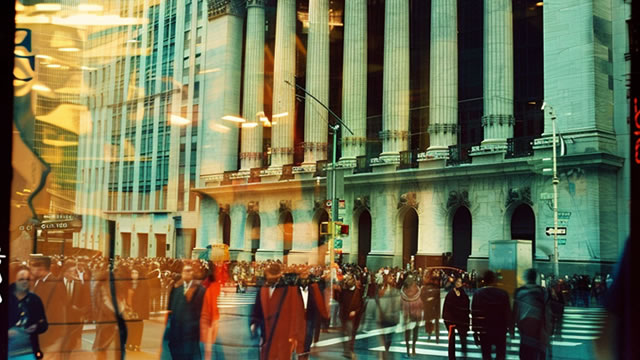The AI Financial Bubble: A Wake-Up Call
In the rapidly evolving world of technology, Artificial Intelligence (AI) has emerged as the latest disruptor, promising to revolutionize industries and transform our daily lives. Yet, as we marvel at the seemingly limitless potential of AI, there are growing concerns that we may be entering a financial bubble, fueled by inflated stock prices and irrational exuberance.
Valuation Metrics: A Red Flag
One of the most concerning indicators is the Shiller Cyclically Adjusted Price-to-Earnings ratio (CAPE), which compares the price of the stock market to the average earnings over the past ten years. A CAPE ratio above 30 is typically considered a warning sign of an overvalued market. Currently, the CAPE ratio for the S&P 500 is hovering around 34.
To put that into perspective, the last time the CAPE ratio was this high was during the dotcom bubble in 2000. History has shown us that when the CAPE ratio gets this high, it’s a good time to be cautious. But why is the market so overvalued?
The AI Factor
The answer lies in the hype and excitement surrounding AI. Investors are pouring money into AI stocks, driving up prices. But what exactly are they investing in? Many companies have yet to turn a profit, relying instead on the promise of future revenue. Others have inflated valuations based on the potential for AI to transform their industries.
Impact on Individuals
If you’re an individual investor, this means that your retirement savings or investment portfolio could be at risk. A stock market correction could lead to significant losses, particularly if you’ve invested heavily in AI stocks. It’s important to diversify your portfolio and consider seeking the advice of a financial advisor.
Impact on the World
The consequences of an AI financial bubble could be far-reaching. Economically, a correction could lead to a recession, as investors sell off stocks and companies struggle to meet their financial obligations. Socially, it could lead to a loss of trust in the stock market and a decrease in confidence in the ability of investors to make informed decisions. Politically, it could lead to increased regulation and oversight of the stock market.
A Word of Caution
While it’s important to remain optimistic about the potential of AI, it’s equally important to be realistic about the risks. As investors, we have a responsibility to ourselves and to the broader economy to make informed decisions. Let’s not let hype and excitement cloud our judgment.
Conclusion
The AI financial bubble is a wake-up call for investors to be cautious and to approach the market with a level head. While AI has the potential to transform industries and create new opportunities, it’s important to remember that the stock market is not a casino. Let’s not let our excitement about the future blind us to the risks of the present.
- The Shiller CAPE ratio is currently above 30, a warning sign of an overvalued market.
- Investors are pouring money into AI stocks, driving up prices.
- Individual investors could face significant losses in a stock market correction.
- The consequences of an AI financial bubble could be far-reaching, economically, socially, and politically.
- It’s important for investors to remain realistic about the risks and to make informed decisions.





